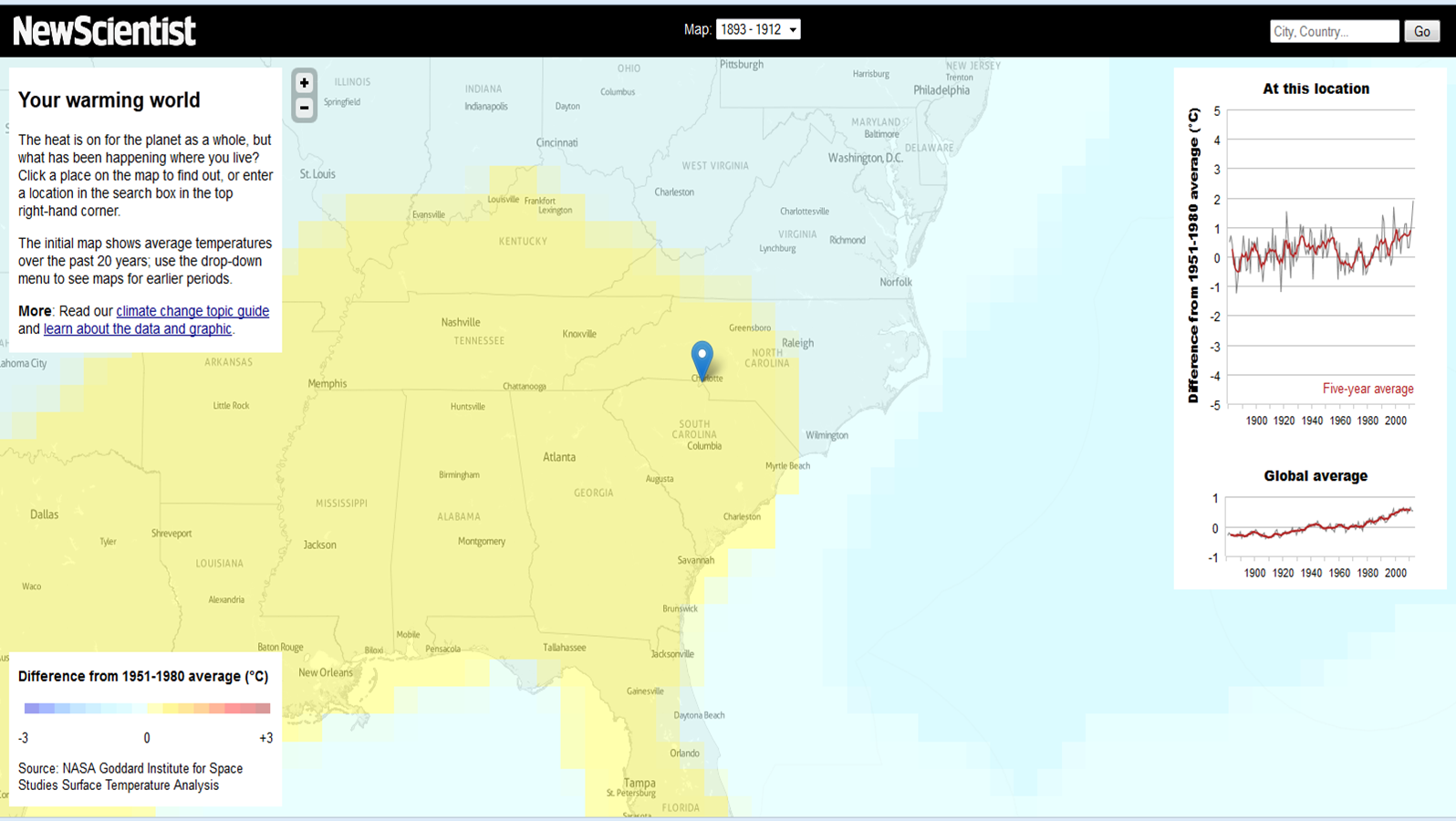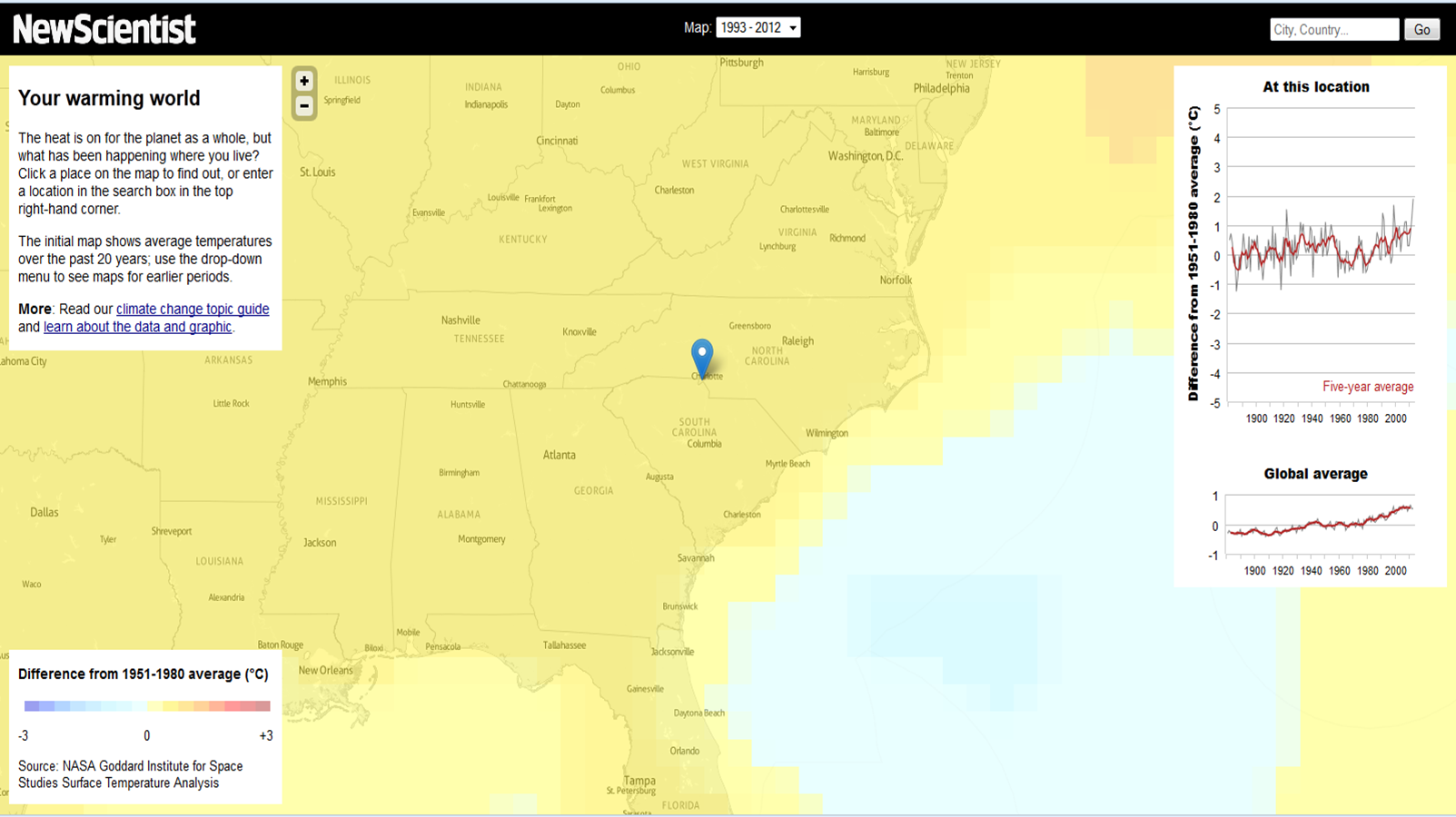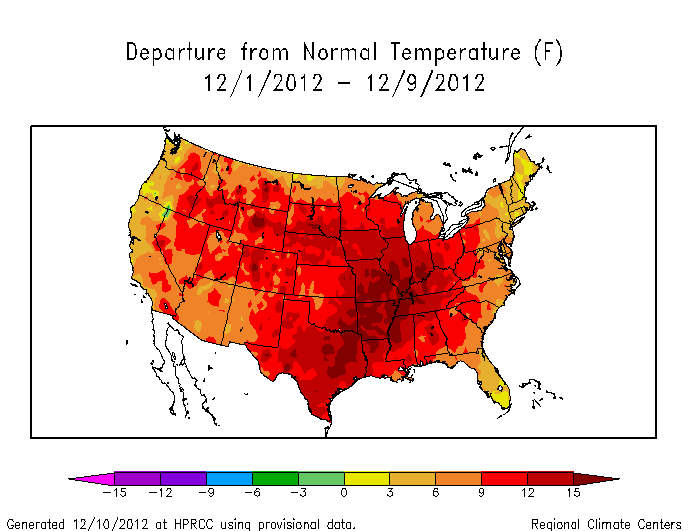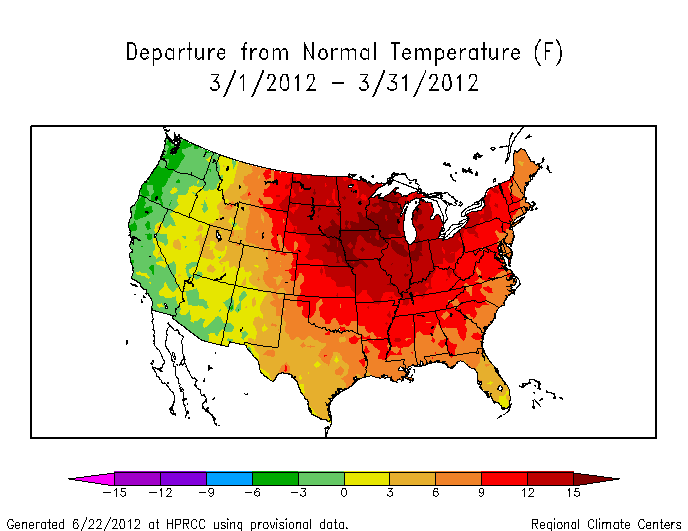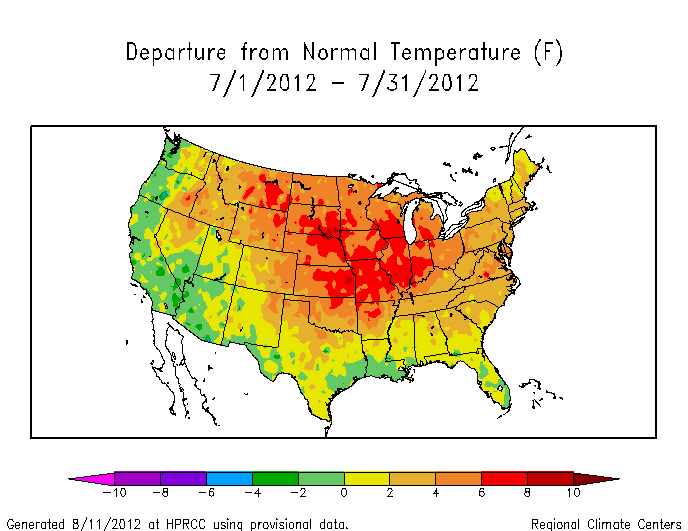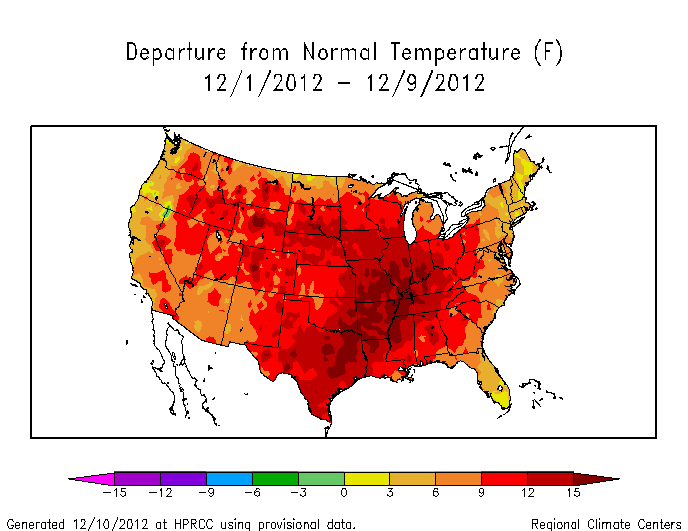Advocacy in science seems to be on the rise. Maybe it’s that the USA administration is citing greater concern about the future state of our planet. Maybe scientists are just fed up that essentially the same message has been reiterated since the 1980s, and arguably even earlier than that. This is a great looking and simple petition by one of the IPCC chapter authors named Ranga Myneni. Dr. Myneni, who I’ve never met, is a professor at Boston University and has a fine set of credentials in peer-reviewed publications to go along with lead author status on the IPCC AR5 that will be released in 2014. There is no doubt he is an expert in the field. In fact, I use datasets related to vegetation land cover on that BU website. Sign his petition if you agree with the following statement which I received in a mass email from Professor Myneni that read as follows
There is now sufficient evidence that our way of living is causing unnatural changes in climate. Collectively, we own this damage and therefore we need to solve it together. Twenty five years have passed since the IPCC has been advising the policy makers regarding the hazards of climate change. Yet, there has been little meaningful action to solve this global problem affecting all life on Earth.
The solution lies in convincing policy makers that this is a priority for all citizens of the World – It is YOUR CLIMATE CHANGE also. Therefore, I started an online project to collect one billion signatures by Earth Day 2014 for a petition addressed to the Secretary-General of the United Nations to act judiciously and expeditiously on anthropogenic climate change.
Professor Myneni created a website called Your Climate Change. I signed the petition on that site. You can sign it too. Decide for yourself.
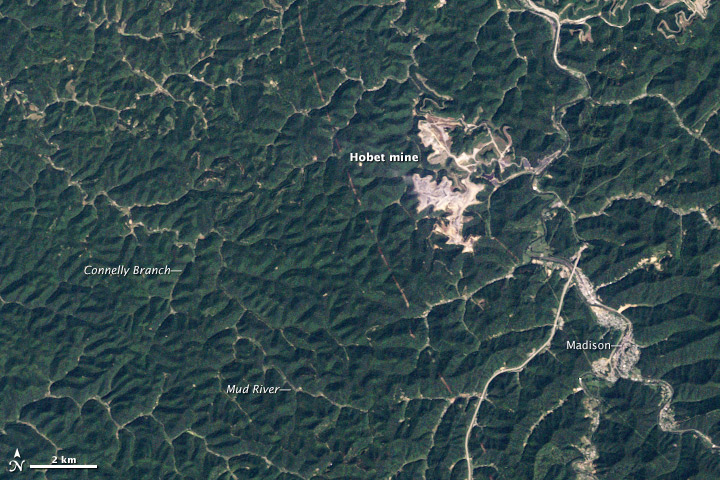 with another image of the same region in 2012
with another image of the same region in 2012 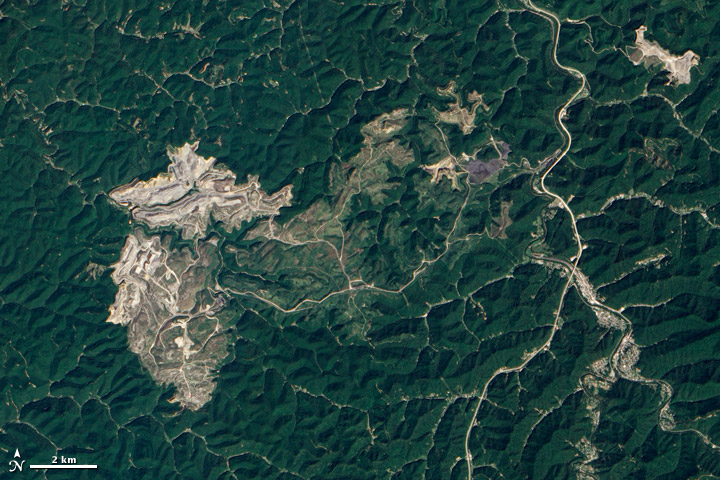 What do scientists do with this kind of imagery? Well, here is a the link to an amazingly clear image-animation of the
What do scientists do with this kind of imagery? Well, here is a the link to an amazingly clear image-animation of the 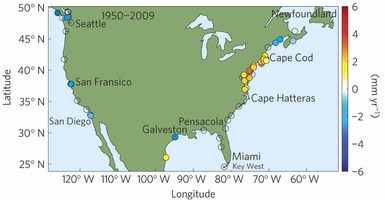 , which shows clearly that the West Coast and East Coast of the USA have already experienced much different responses to SLR. The data seems to be in line with the models, where a model projection is what is shown in the
, which shows clearly that the West Coast and East Coast of the USA have already experienced much different responses to SLR. The data seems to be in line with the models, where a model projection is what is shown in the 